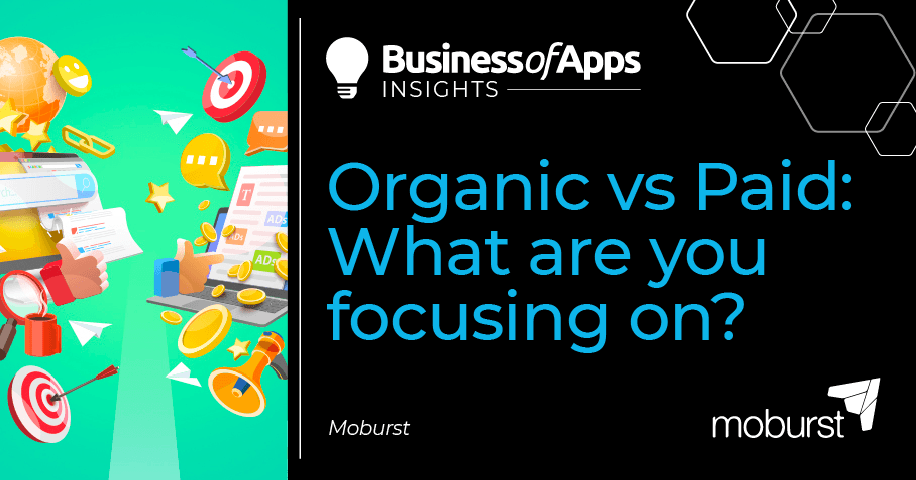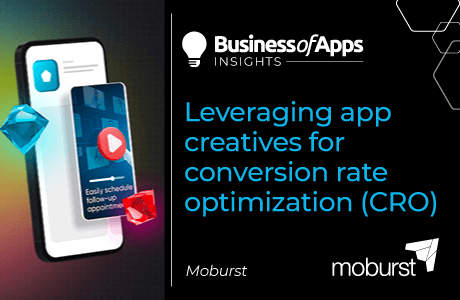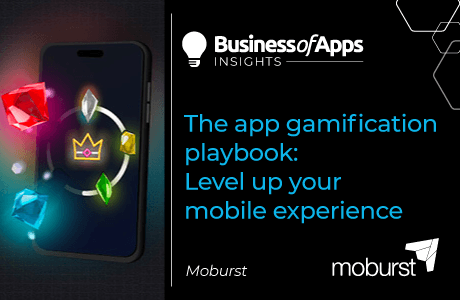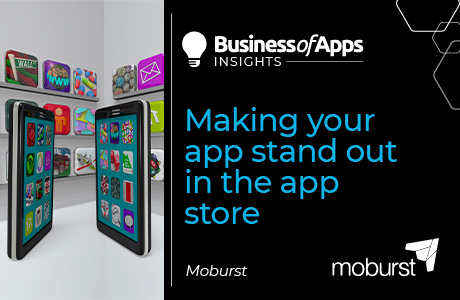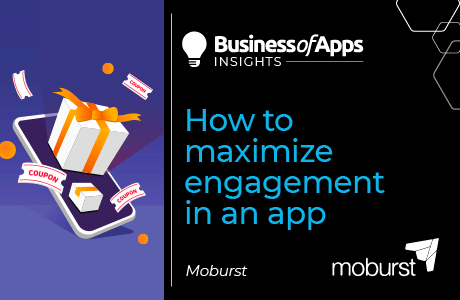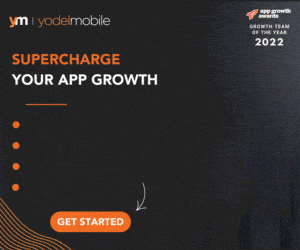Organic or paid success: if you had to choose one
Which is better – a consistent flow of high-quality organic traffic, or a predictable, repeatable, and profitable paid campaign?
The jury is out, and most organizations would be quite happy with either of these scenarios.
We’ll argue that rather than “organic vs paid,” these two marketing methods are actually intimately correlated; that with the right strategy in place, your paid results will turbocharge your organic achievements and vice versa.
How? Well, let’s look at the issue from both sides to better understand the depth of the argument, and then put it all together to create a winning strategy that’s guaranteed to bring significantly improved metrics across both paid and organic campaigns.
The argument for focusing on organic
It’s been said that you know you’ve made it when you can completely rely on organic traffic to grow your business. Organic traffic is a powerful engine; it shows that your brand name, and your offering, are synonymous with consumers’ needs.
Organic requires a lot of planning, effort, and particularly time to be successful. It takes time for search engines to rank you, time to rank for the keywords you’re after, and time to build a critical mass that becomes the tipping point in terms of momentum.
Along with challenges in terms of replicating and scaling organic success, comes the key challenge of actually achieving this success in the first place. It’s part art and part science, with many elements working together to create organic progress.
The argument for focusing on paid
Once the fundamentals of a successful paid campaign are in place, it’s like an airplane reaching cruising altitude; results are a predictable factor of what is put into the campaign, and revenue forecasting can be done with confidence.
Paid success does not require as much time as organic campaigns to be successful – however, it does require other key resources, specifically budget. With user acquisition costs increasing, it’s challenging to create campaigns that generate a high enough ROI. Not to mention the constant monitoring and optimization that’s required as algorithms change (which is more often than many people realize).
PreApps - World’s Leading App Growth Agency 🚀
Want to work with the same elite growth team that has helped Billion-Dollar apps achieve explosive growth? Contact us today for a free consultation.
Click Here To ApplyThe ultimate solution: paid and organic working together
What we’ve seen over and over again, is the power of these campaign types working together – and conversely, the wasted resources when attacked separately.
Let’s look at an example of a campaign we ran with a well-known global tech giant recently, who was launching a new app. Previously, the company had viewed paid and organic success as completely separate tracks, even housing them within different teams.
Traditionally, what this brand would have done to promote its new app would have been to slowly and steadily release the budget for its paid campaign, while in parallel creating an organic strategy. This approach was due, in part, to previous experiences with another agency where the budget was wasted at the beginning of the paid campaign, leaving suboptimal results in its wake.
This time, we pitched the following strategy: an intense planned and focused paid push at the beginning of the campaign, in order to launch the app into the top charts. From here, an organic strategy will leverage this newfound visibility to create a scenario of hypergrowth, sending app downloads further into the stratosphere, and at virtually no additional cost.
And sure enough, this strategy worked just as planned (disclaimer: this wasn’t the first time we’d successfully launched an app with this strategy – it’s been refined over numerous launches and campaigns.)
This is a classic example of paid and organic campaigns working together to create a whole that is greater than the sum of their parts. This is a strategy that every brand should consider and shows that focusing on an overall result – rather than on one campaign type or another – is key to achieving digital success.
Concrete steps to take when faced the with organic vs paid debate
There are some specific steps to take when approaching the organic vs paid conundrum, and when seeking to integrate these two approaches:
1. Timing is key
Part of the campaign planning must include a detailed and very specific timeline. The organic machinery should spring into action just as the paid element is achieving its goals in terms of traction and visibility.
2. You can’t start planning early enough
We’ve consistently seen that, as clichéd as it may sound, failing to plan is planning to fail. Great results start with a great plan, and this applies to both organic and paid campaigns. Yes, they need to work together, but that means that more effort must be put into the planning and execution of each to ensure that the drive as a whole is not let down by a weak link.
3. Plan around goals, not campaigns
Don’t be afraid of taking an interdisciplinary approach to executing effective campaigns. The old way of thinking is to compartmentalize each of these approaches and run them as separate campaigns. The new way of doing things is to get your best brains into the room, from across the spectrum; creatives, planners, data scientists, engineers, and strategists, and plan around the goal. What you want to achieve, and then how you will achieve it. This will most likely result in a holistic strategy that leverages both paid and organic elements.
When it comes to your next campaign, we hope that some of these points will resonate with you, and lead to your ongoing success. If you have pointers of your own, we’d love to hear from you in the comments.



